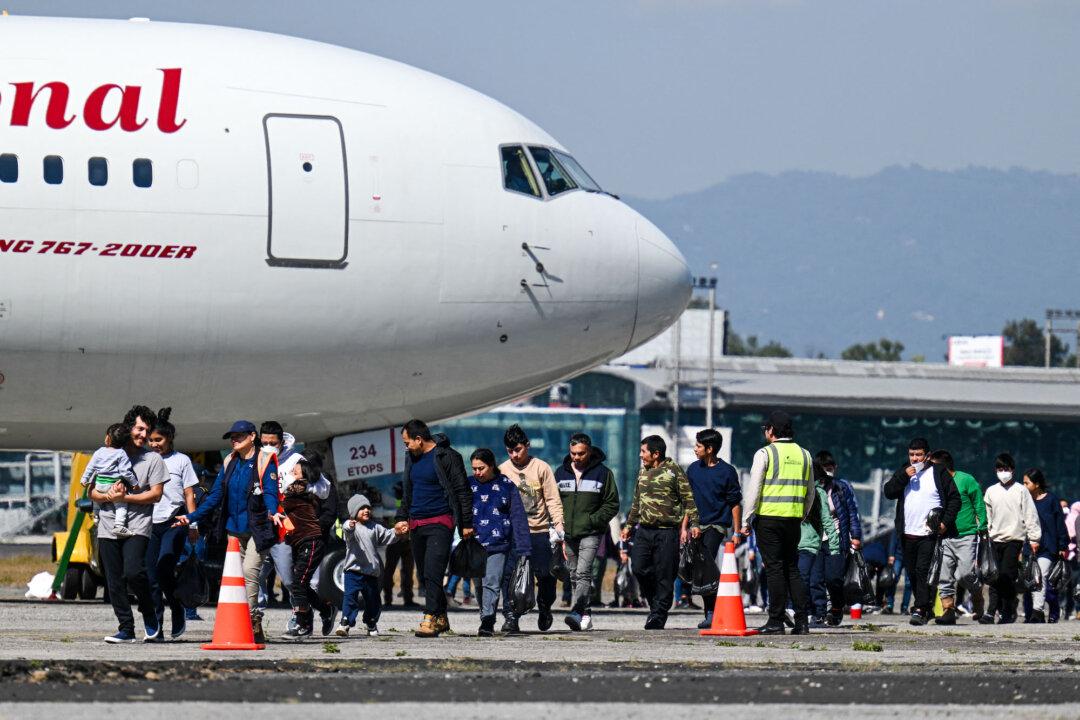Dozens of people were slammed against the ceiling of an Air Canada flight over the Pacific Ocean on July 11.
The flight was forced to make an emergency landing in Hawaii after 37 people were injured, including nine seriously, reported The Associated Press.
The turbulence sent people into the aisle and slamming into the overhead compartments on the jetliner.
In all, 30 people were hospitalized.
Andrew Szucs, who is from Ontario but now living in Sydney, said he was not injured.
“Then all of a sudden the plane dropped and went sideways,” Szucs said.
He told AP that the pilot said via the radio that they didn’t see any turbulence on the radar and could see “no warning this kind of air drop was going to happen.”
Sandy Marshall of Sydney, meanwhile, said she was injured. Her children were unharmed.
“I didn’t have my seat belt on at the time. My child was sleeping on me, and I went straight up into the ceiling,” she said.
“I saw the people ahead of me hitting the overhead baggage compartments and then just slamming back into their seats,” Macdonald said.

“The whole experience was probably 10 to 15 seconds, a bit of mild shaking, nothing out of the ordinary, and then just a drop out of nowhere,” she said. “[It] was just a bunch of noise, people extremely shocked, and then a very eerie stillness throughout the cabin as people tried to grasp what had happened,” said Macdonald.
Macdonald was wearing a seatbelt and wasn’t hurt.
“After being treated on the tarmac and then a follow up in hospital he’s got the Thumbs Up, we are all super grateful to the AirCanada staff for their professionalism and swift response,” the band said.
The turbulence occurred at an altitude of around 36,000 feet about 600 miles southwest of Honolulu, said the Federal Aviation Administration to AP.





